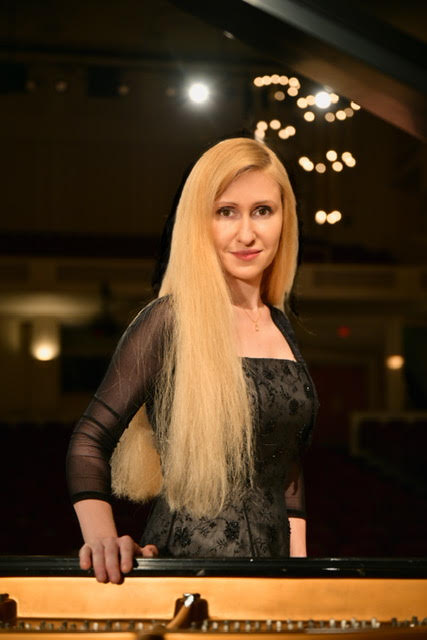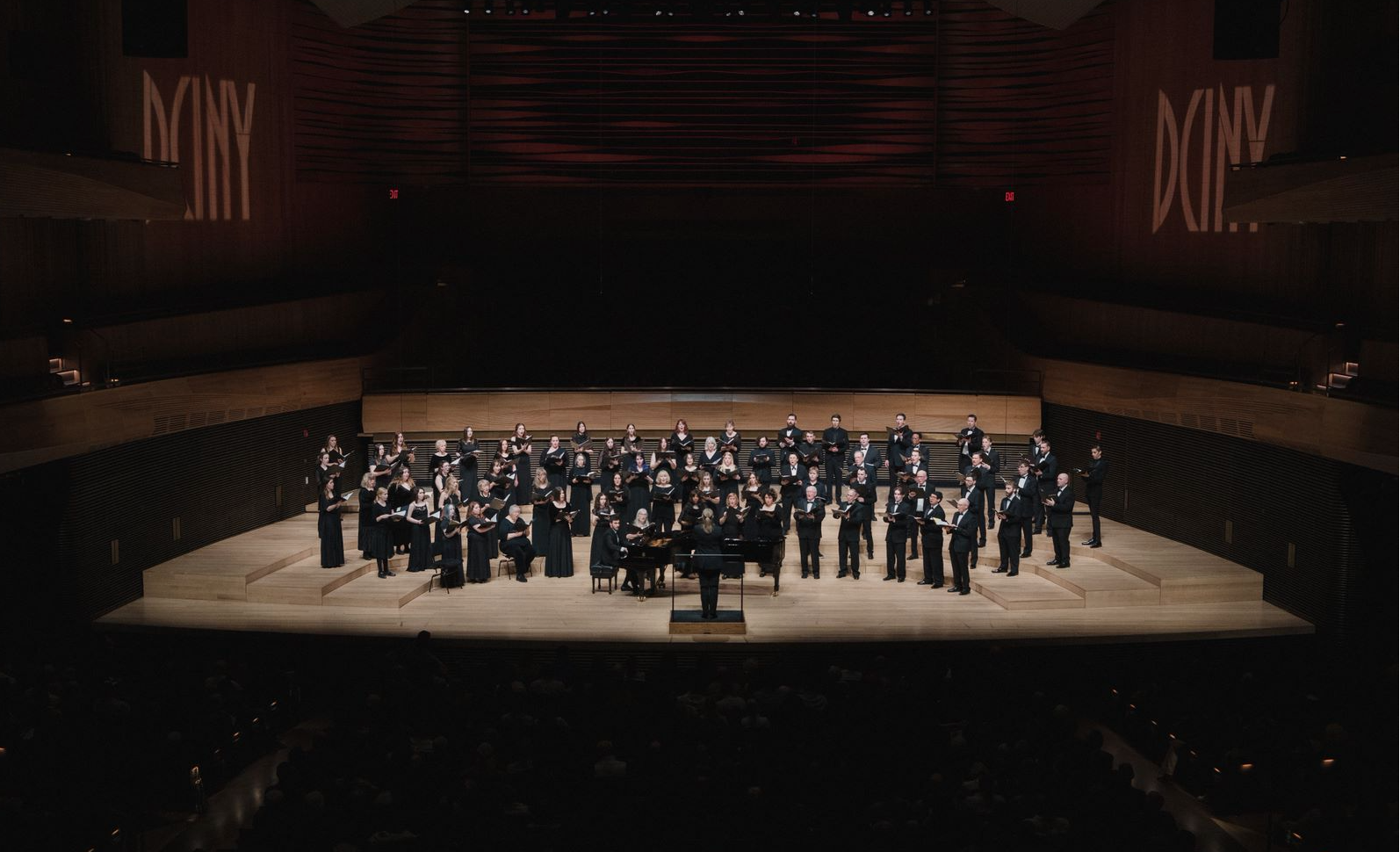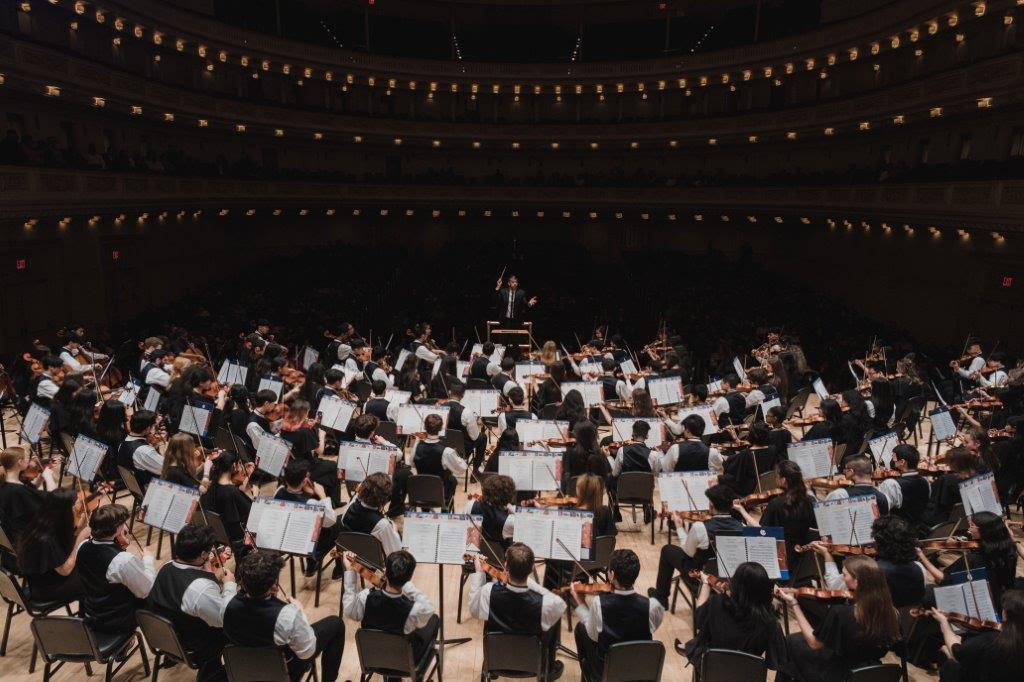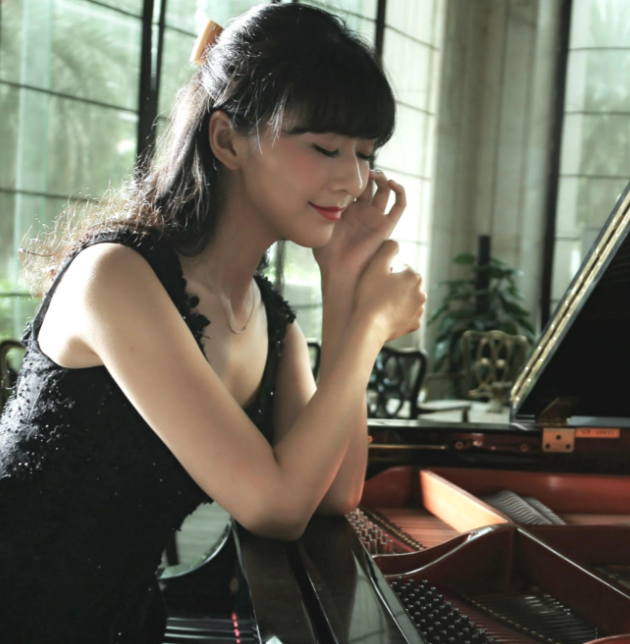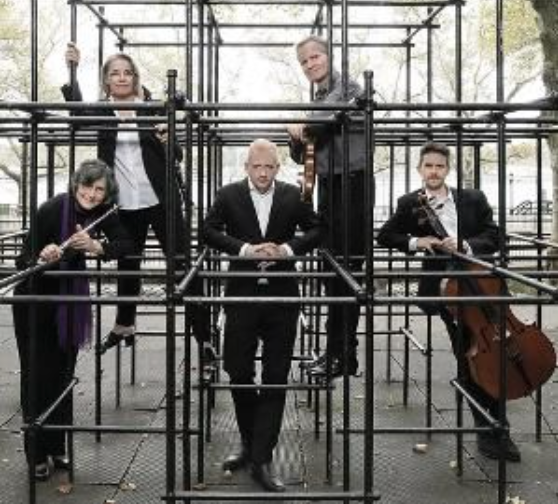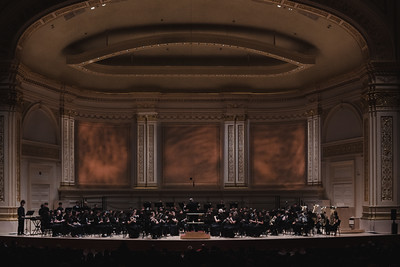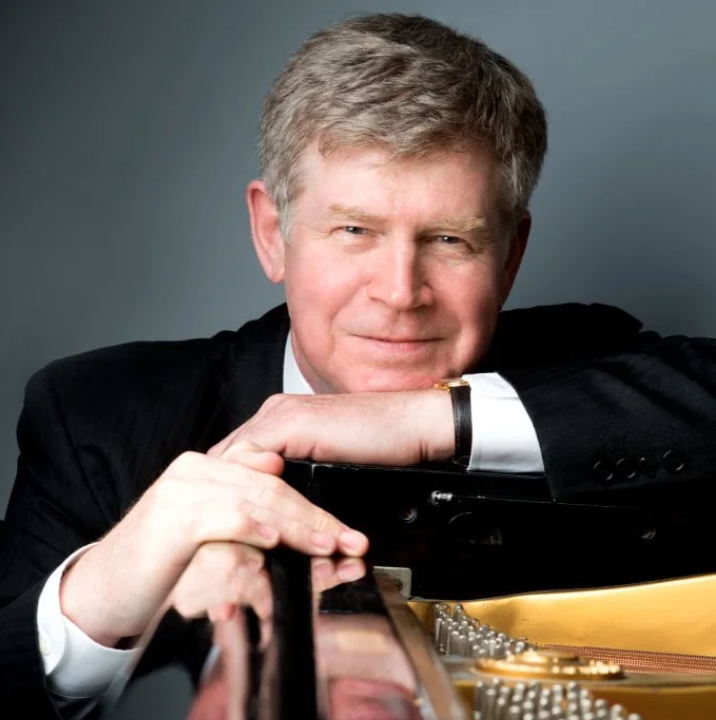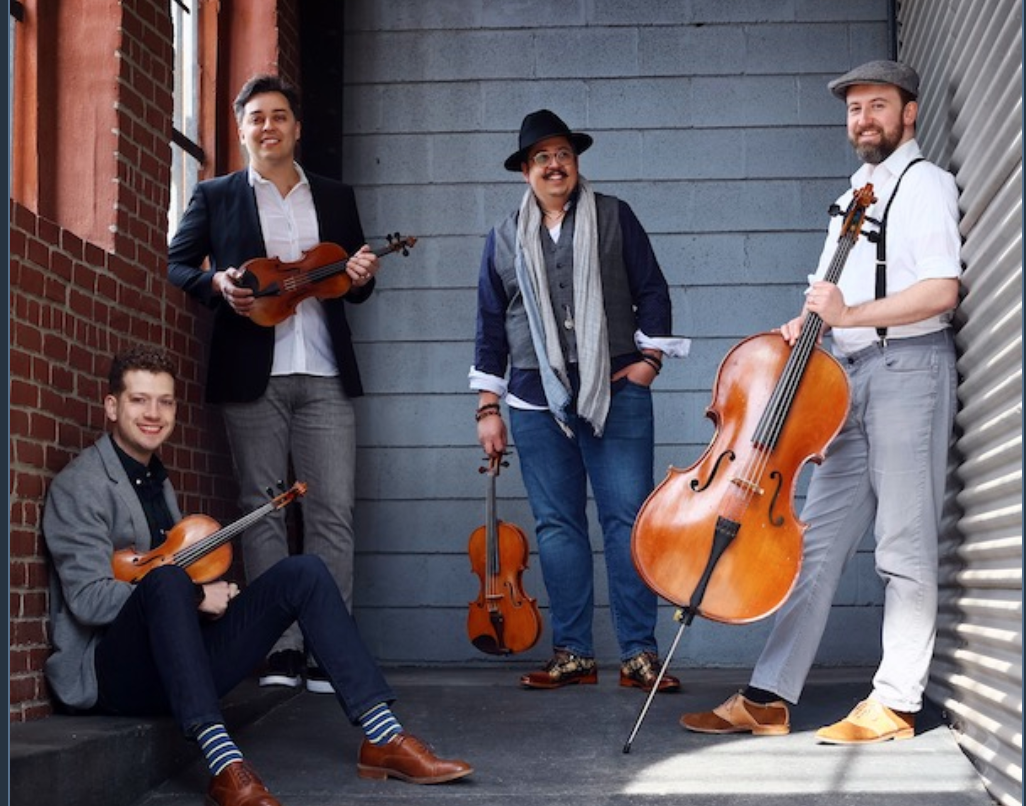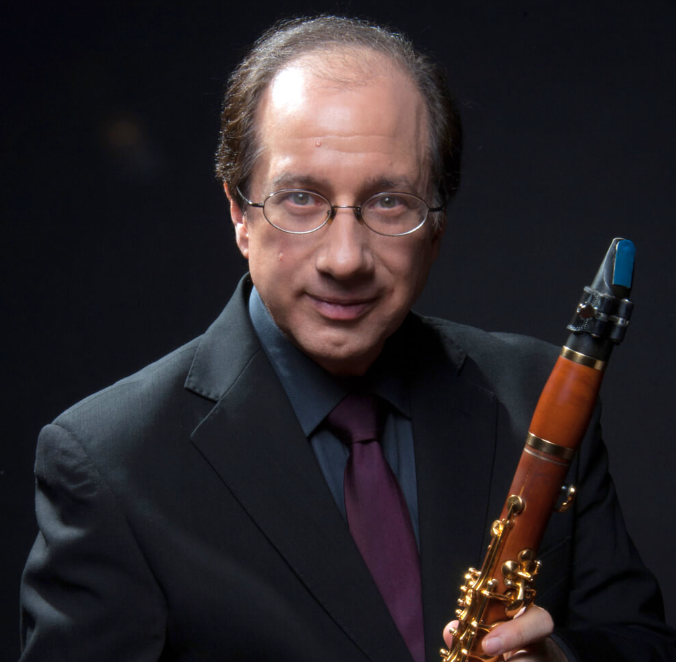Anastasiya Naplekova, Piano
Rachmaninoff 150th Birthday Concert: Part I
Mary Flagler Cary Hall, The DiMenna Center for Classical Music, New York, NY
April 1, 2023, 3 PM
The April Fool’s Saturday sky wore a stormy countenance, as if to one-up Sergei Rachmaninoff’s own six-foot scowl, immortalized in nearly every photo of the composer. Yet what a happy occasion it was, no matter which calendar one uses to figure out his actual birthday: April 1, April 2, March something?
A two-concert marathon of Rachmaninoff’s solo piano music was offered by the 23-year-old Florida-based not-for-profit called Piano Lovers. (A second recital at 8 PM will also be covered in these pages.). The DiMenna Center’s Mary Flagler Cary Hall was indeed full of devoted piano lovers. What a treat they had; I sincerely hope that everyone there realized what a glorious gift they were being given, at the hands of pianist Anastasiya Naplekova.
The Founder of Piano Lovers, Abram Kreeger, tried a little too hard in his opening remarks to prove that Rachmaninoff’s non-concerto works are neglected in recital, something I have not found to be the case. No matter. The composer himself, one of the most capable virtuosi ever to survive into the recording era was constantly split between having to make a living as a touring virtuoso, and wanting to be taken seriously for his compositions in an era that was sprinting through “isms” faster than a Mendelssohn Scherzo.
It is always a pleasure to encounter another pianist I have never heard (no preconceptions!). Ms. Naplekova represents nearly everything I admire, enjoy, and stand for musically. Where to begin? Let’s talk about her stunningly low seated posture at the keyboard (let gravity do the work), her economy of motion, beautiful tone at all tempi and volumes, and her incredible good taste. It is as though she scraped off decades of sentimental excess to reveal the true expression and proportion that Rachmaninoff set down in his works.
Ms. Naplekova dived right in with three of the Morceaux de Salon, Op. 10: a melting Barcarolle, the Mélodie, and the one best-known work: Humoresque. Immediately one was struck by the technical achievement needed to “disappear” into the fabric of the music itself. There was no grandstanding here- she was even reticent in accepting the tumultuous applause that greeted every group on her program.
A generous helping of Preludes from both Op. 23 (Nos. 4, 5) and 32 (Nos. 3, 5, 10, 12) continued the immensely favorable impression I got. The G major from Op. 32 was ravishing. Once one has heard Rachmaninoff’s own recordings, one realizes how simple his own approach was, clear line, structural planning, everything leading to what he called “the point” (which is not necessarily the loudest place). Only the finest pianists, totally in charge of their equipment, can even come close to revealing these things. I marveled at Ms. Naplekova’s complete preparation of every note: she was “there” before she needed to be “there.” Yet nothing sounded stale or over-planned.
A blistering rendition of the Second Sonata (I believe it was the revised version) sounded ever so natural, with thundering climaxes (never bangy!) and tender lyricism vying for supremacy.
Two transcriptions received the golden treatment, lest we forget what a master Rachmaninoff was at those: Tchaikovsky’s Lullaby and the celebrated Scherzo from Mendelssohn’s A Midsummer Night’s Dream. The Tchaikovsky was perfection, and let me tell you, you can’t imagine (unless you’re a pianist yourself) what was involved in Ms. Naplekova’s Scherzo, to get it to sound light and elfin amid the thousands of notes.
Finally, five (Nos. 1, 2, 4, 5, 9) of the Etudes-Tableaux, Op. 39 showed the full range of Ms. Naplekova’s talents. Although they are “pictures,” Rachmaninoff shied away from direct programmatic stories for them. And they certainly abound in the type of technical “etude” quandaries that few prior to Rachmaninoff were capable of imagining.
As an encore, yes, Ms. Naplekova presented the “boulder” that had attached itself to Rachmaninoff during his entire life: the Prelude in C-sharp minor, Op. 3, sometimes referred to as the “Bells of Moscow.” When one has created one’s greatest hit early in a career, it does remind me of those present-day pop music stars whose fans don’t want to hear the new album, rather the old hit(s) that made them famous. I suppose one must find a special place in one’s psyche to be grateful indeed for having created such a hit.
More to the point, we must be grateful that there is a generation of pianists coming up, exemplified by Ms. Naplekova, with superb technique harnessed to a natural sense of expression, capable of revealing this important, passionately felt area of the repertoire.
Frank Daykin

